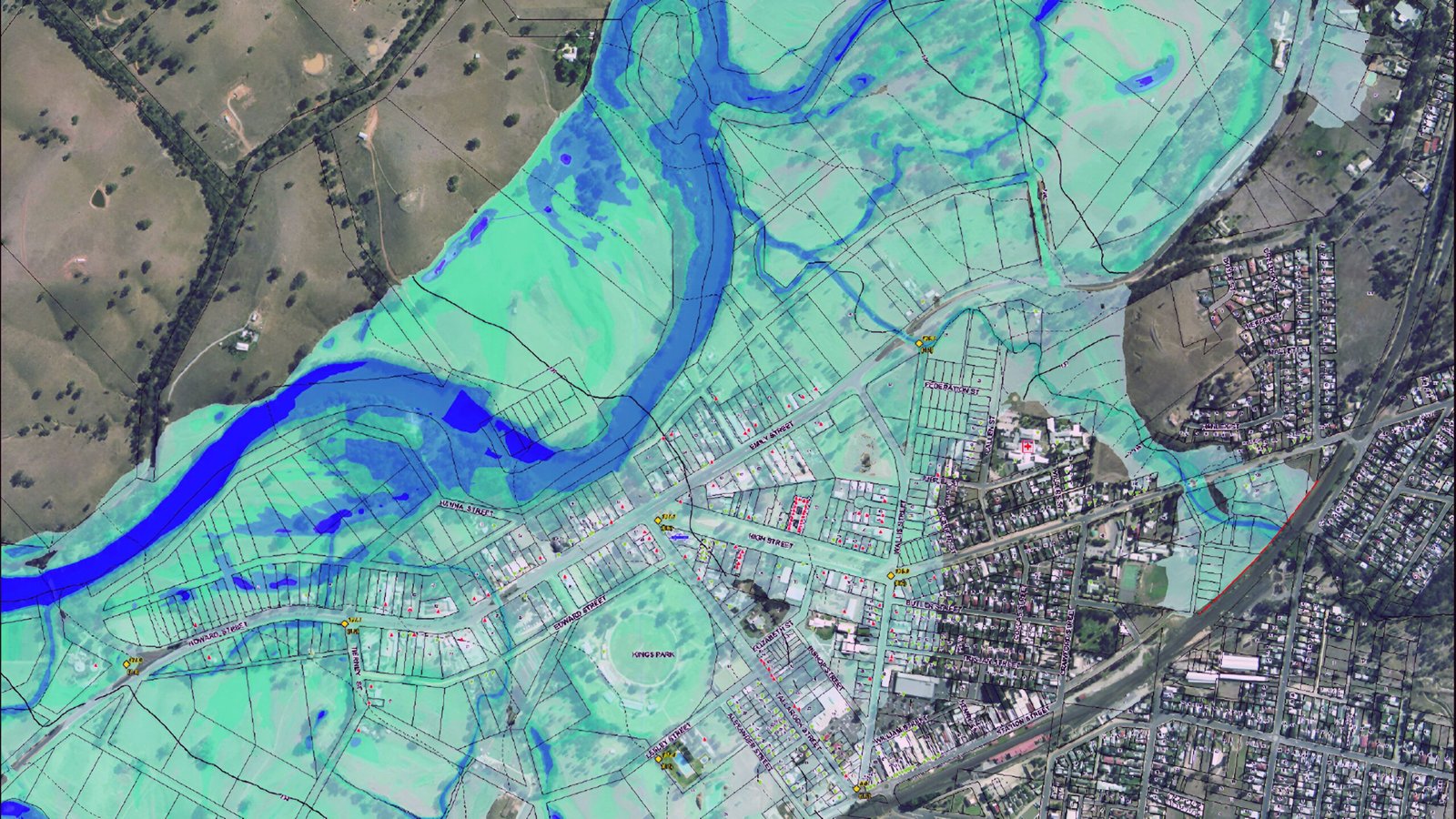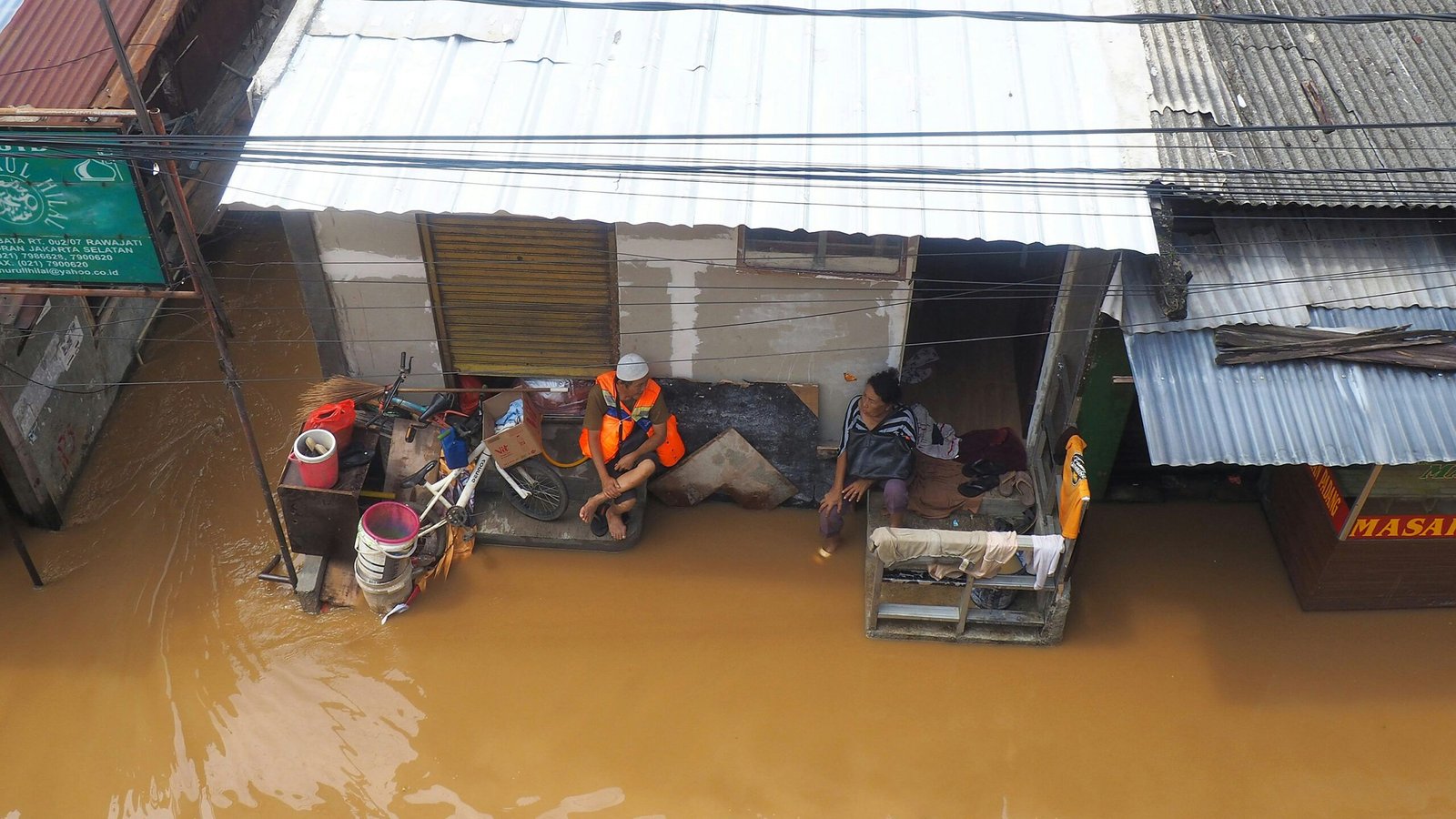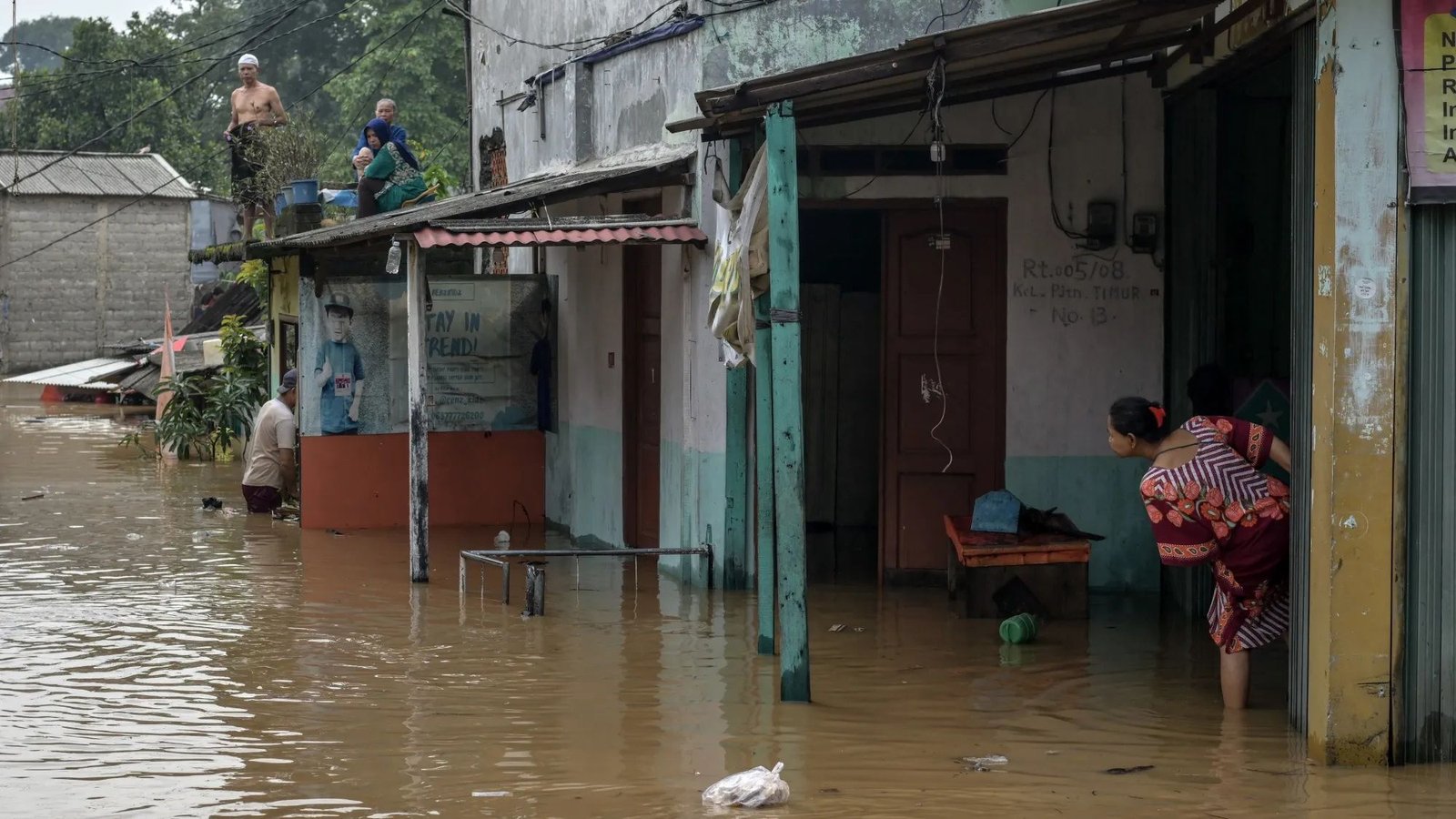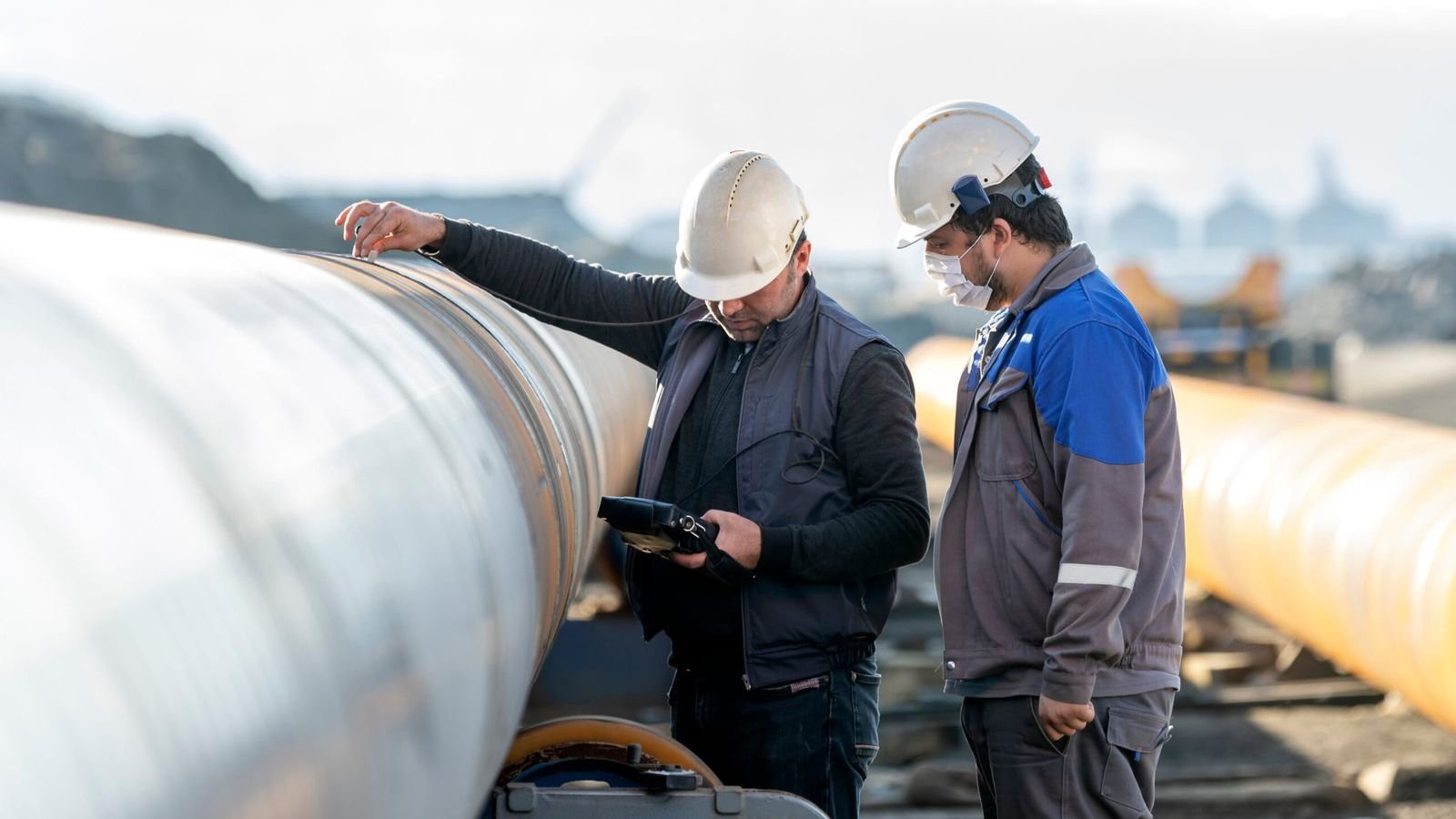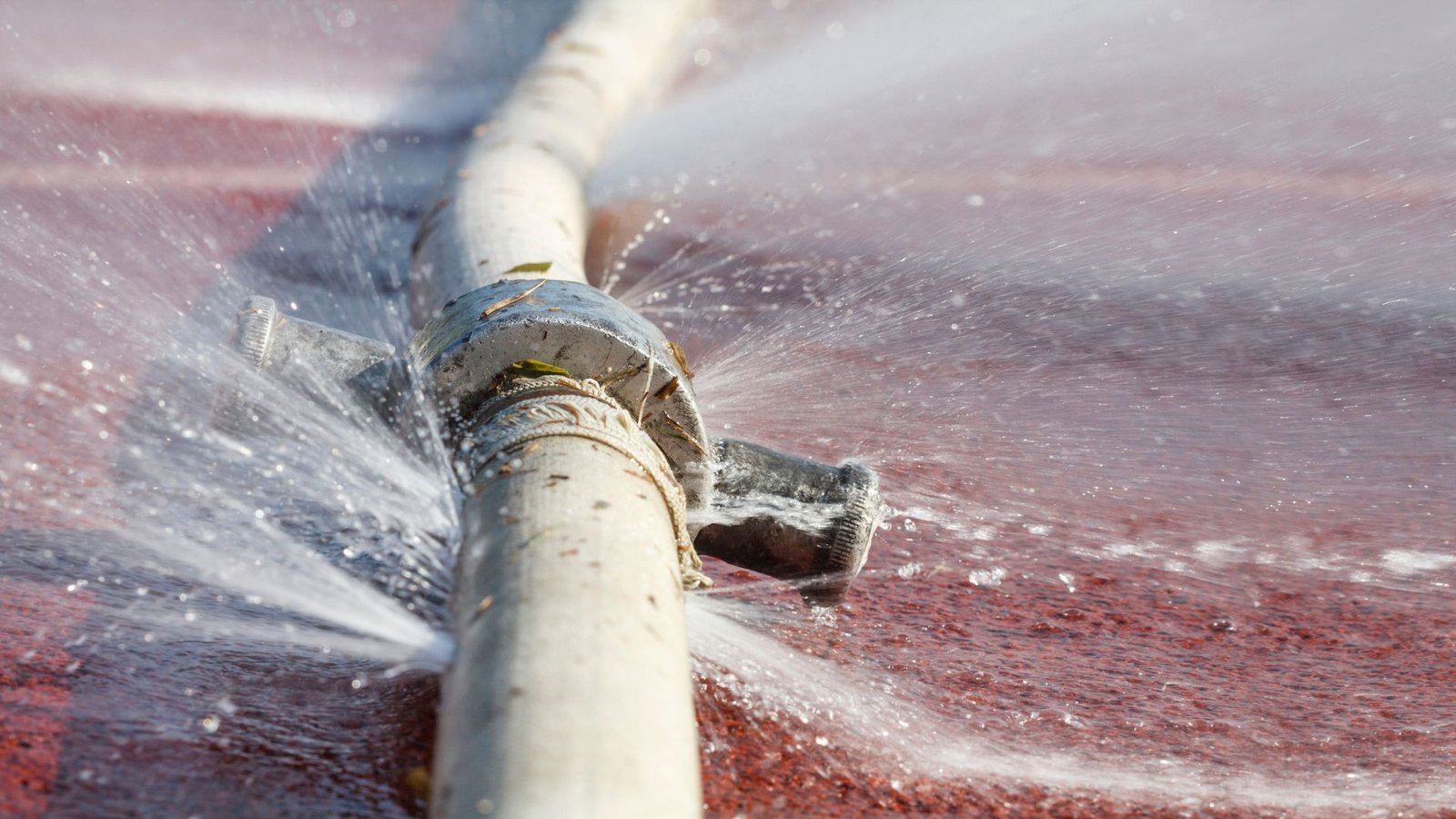In our earlier discussion on Flood Early Warning System (FEWS) from the Global and Indonesia Perspective, there is a significant operational bottleneck due to the substantial computational resources required on conventional flood modelling with Physical-Based Numerical Models (PBNM).
These models, while offering detailed simulations, often necessitate extended processing times—sometimes several hours—which hampers the system’s ability to provide timely and continuously updated forecasts, especially during rapidly evolving flood events.
Building upon that foundation, this article...
FEWS: Flood Early Warning System from Global to Indonesia
In our previous article, we introduced the four foundational pillars of a modern Flood Early Warning System (FEWS)—risk knowledge, monitoring & forecasting, warning dissemination, and response capabilities—as defined by UNDRR and WMO. While each pillar is important, the second—Monitoring and Forecasting—is the technical core. It transforms raw data into actionable warnings and directly influences how early and how accurately a flood can be predicted.
In this follow-up, we focus on how different countries apply this pillar. Drawing on a global study by Duminda Perera (P.Eng)1, we explore...
Flood Early Warning System (FEWS): What It Is and How It Works
Floods are among the most frequent and devastating natural disasters globally—and their impact is only increasing. According to the Emergency Events Database (EM-DAT), more than 5,000 water-related disasters occurred worldwide between 2000 and 2018, accounting for nearly 74% of all natural disasters during that period. Floods alone made up over half (54%) of these events1, highlighting the urgent need for effective measures such as a Flood Early Warning System to reduce their impact.
Asia has been particularly vulnerable, experiencing 41% of all flood-related disasters, with Indonesia ranking...
Leakage in Numbers: A Global Comparison of Water Distribution
Leak localization within water distribution networks is a critical task, yet it comes with its fair share of uncertainties. Understanding the origins of these uncertainties is crucial for efficient and accurate leak detection.
This post will be divided into several components, which are:
I. Network Changes Uncertainties
First, as we know, water distribution networks are not static. It evolves over time due to various factors such as maintenance, expansion, and aging infrastructure.
However, when we build the steady-state hydraulic model, we make the assumption that network parameters...
Water Losses in the Pipe: A Global Problem!
Pipes are commonly celebrated for their reliability in distributing fresh water to households, agriculture, and industry sectors. However, it’s crucial to acknowledge that a significant amount of water losses still persists in this process.
This post will be divided into several components, which are:
I. Water Losses Component
International Water Association (IWA) has established a gold standard related to the water loss component. There are two types of water losses: physical and commercial loss.
In one hand, physical loss refers to the water lost from the system due to...


